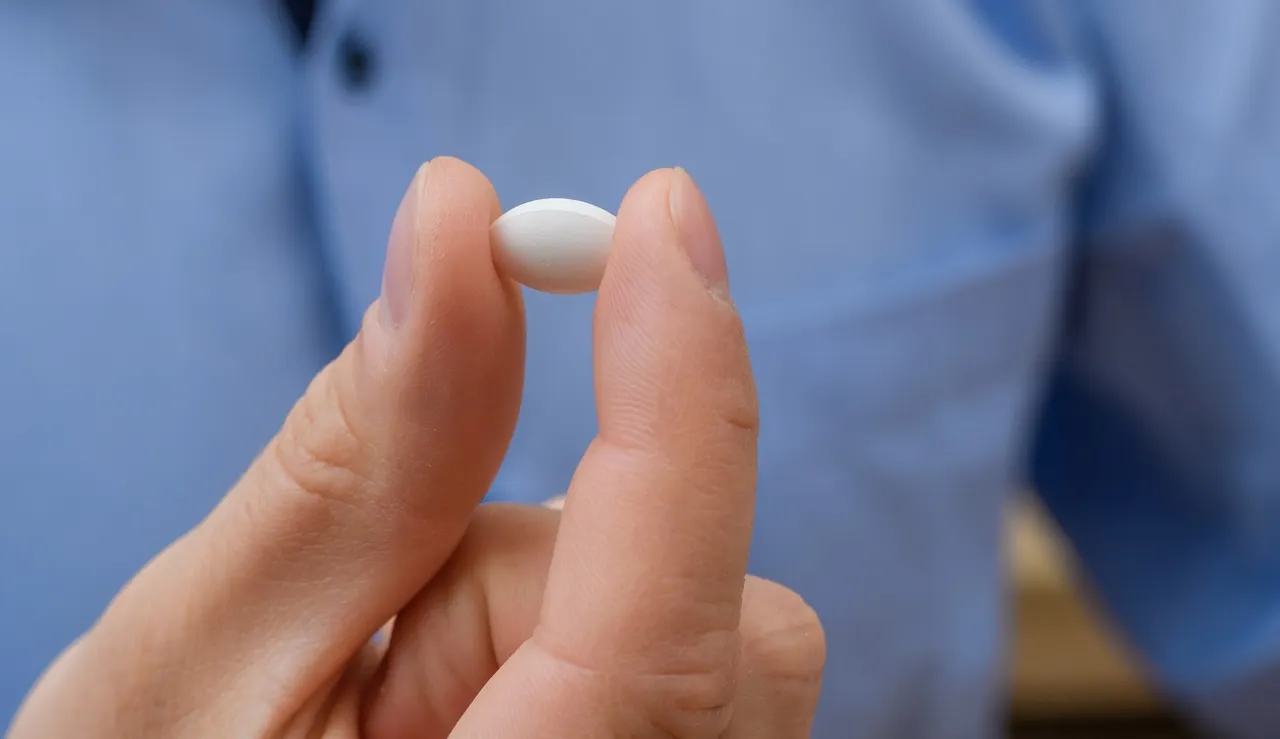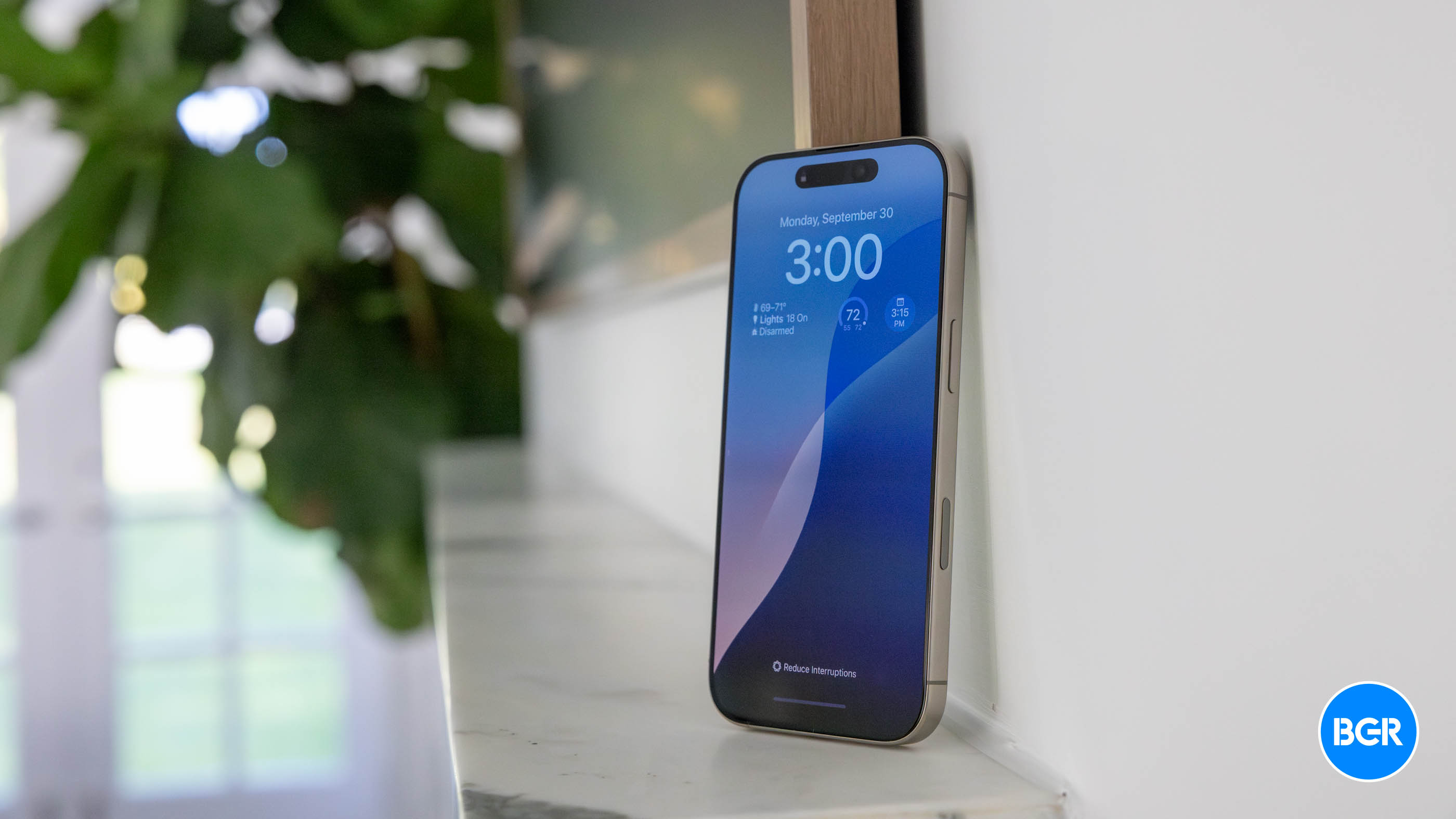Fri, Jun 6, 2025, 3:00 PM
Student loans are dragging on delinquency rates, VantageScore, as payments resume and the Trump administration directs debt to collections.
VantageScore CEO and President Silvio Tavares comes on Asking for a Trend to talk more about the state of consumer credit, risks to be wary of, and the latest data on auto loans.
To watch more expert insights and analysis on the latest market action, check out more Asking for a Trend here.
00:00 Speaker A
We're checking in on the consumer. New data from VantageScore shows student loans dragging on delinquency rates. Auto loans surging past pre-pandemic highs. For more, bringing in now Silvio Tavares, CEO and president of VantageScore. Silvio, always great to see you, especially on set.
00:17 Speaker A
So, we are always looking as investors for lines of sight on the consumer, Silvio, different data, different metrics. What, may start big picture. What are you seeing? What do you see with the consumer based on the credit data you have?
00:32 Silvio Tavares
For, uh, April, what we saw is consumers, um, turning from a more cautious standpoint to being actually net borrowers, increasing their consumption of credit, which was unexpected. And basically what we're seeing is consumers moving from standing on the sidelines to actually increasing their credit utilization, especially in auto loans to get ahead of that tariff pricing that they expect later in the year.
01:02 Speaker A
So broadly, um, resilient.
01:08 Speaker A
Do you expect them to stay resilient? What, what, and what would be the, the variable, variables, Silvio, that would depend on?
01:16 Silvio Tavares
Well, resilient is a really good way to, uh, describe the consumer right now. What we're seeing is average credit balances really staying about the same, some, somewhat of an increase, but not excessive. We're also seeing delinquencies really moderate. Um, there is an increase on a year-over-year basis, but if you look on a historical basis, they're quite resilient. In fact, uh, when you look at the highest quality consumers in terms of their credit score, we call that VantageScore Super Prime, VantageScore 780 and above. We actually saw that percentage of total consumers increase in the month of April. So overall, resilient, high quality credit, and at the same time, consumers are willing to use credit to get ahead of the tariff, uh, price increases they expect.
02:15 Speaker A
So overall resilient. What are the risks you would have on your radar, Silvio?
02:22 Silvio Tavares
Well, normally, if you see an increase in credit utilization, but at the same time a worsening of the employment environment, that's when you get concerned, but we didn't see that through April. Um, the employment numbers that came out this week, including yesterday and this morning, they showed that overall employment is steady. Um, and so that's another sign that actually consumers are quite credit healthy. Now, looking forward, if we see the employment picture weakening and at the same time an increase in credit utilization, then it's time to worry because you know that consumers are losing their jobs, at the same time charging up their credit cards. That's a bad sign for the economy.
03:14 Speaker A
What about auto loans? What's the latest data there, Silvio?
03:18 Silvio Tavares
Well, auto loans in April, um, we reported this two weeks ago before today's, uh, US Commerce Department report came out. Auto loans surged in April. Um, and in some ways you could, you could foresee that, right? Uh, consumers are looking at the year and they're saying, well, my car's about to give out and, and I see tariffs coming at 50, 100%. I better get ahead of it. And so we saw a significant surge. In fact, borrowing for, uh, for auto loans was higher than pre-pandemic. We haven't seen this rate of growth since, uh, January 2020.
04:06 Speaker A
What about the resumption of student loan payments? Talk to me about that dynamic and ripple effects.
04:12 Silvio Tavares
Yeah, student loan reporting started in earnest after, uh, more than a two-year hiatus. It actually started again in earnest in late January and February. And we saw our average VantageScore actually drop by a full percentage point in, um, in February. It's since rebounded and that was a really healthy move because what we saw as consumers seeing that new data being reported and immediately reacting to it, looking to, uh, make their payments on time, get back up to date on their student loans. And as a result, we've seen that average VantageScore come back to 702 and it's stayed at that level since then. That shows a consumer that has a little room on their balance sheet and can get back on track in terms of their student loans.
05:05 Speaker A
Uh, finally, might touch on the Fed.
05:10 Speaker A
Uh, their decision to stand pat, Silvio. What does that mean for consumers looking ahead?
05:19 Silvio Tavares
Well, for now, what it means is consumers are going to continue to have relatively elevated interest payments. Um, if you look at, uh, sort of the, the, the, the long term, um, interest rates are relatively high compared to what we've seen previously. And so with the interest rates staying where they are, it means all other things being equal, fewer consumers taking out new mortgages, fewer consumers maxing out their credit cards, in general, a lower level of credit utilization.
06:02 Speaker A
I know you're a longtime Fed watcher. What do you make of their decision to stand pat?
06:07 Silvio Tavares
Well, I think they're concerned about, um, what the impact could be of increased pricing, um, from organically the economy, but, but also, um, some, some one-timers related to tariffs. And they're unclear about how that's going to impact the economy. It could be inflationary and they want to wait and see those results coming through before they make any sudden movements. The reality is, if you look at fundamentally the economy and overall credit health, it's pretty stable. And you don't want to mess up a good thing.








 English (US) ·
English (US) ·